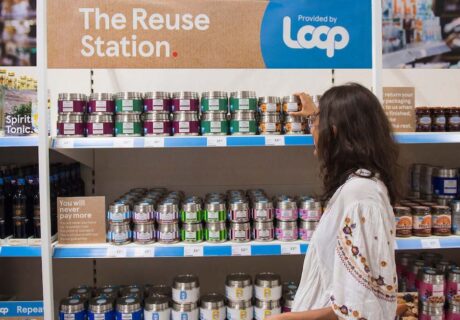CBD is big business. Eight million people use CBD products in the UK and the market is worth around £300 million annually. Despite those figures, CBD firms are operating with one hand tied behind their backs when compared to those selling other supplements.
The regulatory strictures placed upon CBD businesses in the UK and Ireland prevent those in the space from marketing their products through traditional digital marketing platforms like Google and Facebook.
This doesn’t mean this segment has nothing to learn from other businesses in the natural products industry though.
Diversifying to thrive
Supplements businesses need a broad portfolio of SKUs if they want to avoid getting caught in a race to the bottom on price. Protein businesses recognized this and embraced affiliate marketing and micro-influencer channels to break into additional segments. It’s here that CBD shares some striking similarities in its growth trajectory.
While protein started out firmly in the sports performance category, perceptions have shifted away from it being the preserve of bodybuilders. It has successfully diversified into new audiences for whom the use cases include health and wellbeing, weight management and veganism.
Likewise, CBD has moved into the broadest swathe of the wellness sector, everything from skincare to menopause, pain management, sexual wellbeing and much more. Product lines have expanded beyond oils into shampoos, lubes, pet medicine – the market has exploded but the big question is, can the CBD market continue to grow once the hype has worn off?
Growth as the primary motivator
As well as fresh product lines, a business’ long-term health is contingent on continued growth into fresh segments, and/or into new geographies. Given the complexity of regulations across different regions, it can make sense to maximize the opportunities in the domestic market before looking overseas. That said, fortune favours the brave and given the size of the global market there’s still a lot to play for – CBD is yet to find its MyProtein equivalent.
While protein has not been beset with the same regulatory restrictions as CBD, the competitive landscape within a broadly commoditzed segment means it has had to face up to similar growth challenges.
Broadly speaking, these are identifying and educating the right audiences that allow brands to differentiate and grow through considered product and customer strategies.
Getting it right means capturing data that will allow businesses to set growth strategies that are informed by demonstrable customer behaviours. These should dictate what categories and product lines to develop within a long-term roadmap that goes beyond the performance of existing SKUs.
Partnerships are key
As ever, when it comes to CBD, there are extra hoops to jump through, especially when it comes to customer acquisition. It is therefore necessary to find the right influencer partners and affiliates to act as your ‘middle men’.
Businesses need to use the inbound data generated through these relationships to uncover where the greatest growth potential exists and which partnerships are worth nurturing against defined audience segments.
This will become apparent in matching up the acquisition channels against customer interactions on your e-commerce site. While acquisition volume is undoubtedly significant, returning customers are significantly more valuable than one-off purchasers.
It is close analysis of channel partnerships that identifies which should be allocated most spend against KPIs that are fair for both parties.
What to measure
The first core metric to pay close attention is cost per acquisition (CPA); if this is more than that of the transaction itself, then that’s a red flag. The other is lifetime value. Given how much harder it is for CBD firms to secure customers, driving the initial conversion once someone clicks through to the website is just the first step.
The bigger picture is loyalty. This means identifying which customers are most valuable, as shown through repurchase rates and basket spend.
In each case, we can again look to the protein market for inspiration. A prospect that’s come through to your site through an affiliate or influencer should be considered a warm lead by default. CBD, like protein, tends to be a fairly high value purchase – at least for FMCG – so it’s worth offering a discount for a first-time transaction.
However, best practice should always be to encourage repeat customers. In terms of maximizing potential lifetime value from the outset, an optimum outcome is to convert the customer to a subscription tier, ideally at point-of-sale on their first or second purchase.
The clock is ticking
The CBD market becomes more valuable with each passing year and with that comes greater scrutiny from the likes of Big Pharma, as well as the global tobacco giants as they seek to reposition themselves as wellness businesses. There’s a limited window for the incumbents to prepare themselves for this inevitability through establishing market share in the face of a highly competitive landscape.
As per the experience of the protein segment, it’s those that are able to use the data they hold to gain a competitive advantage that are best placed to succeed.





